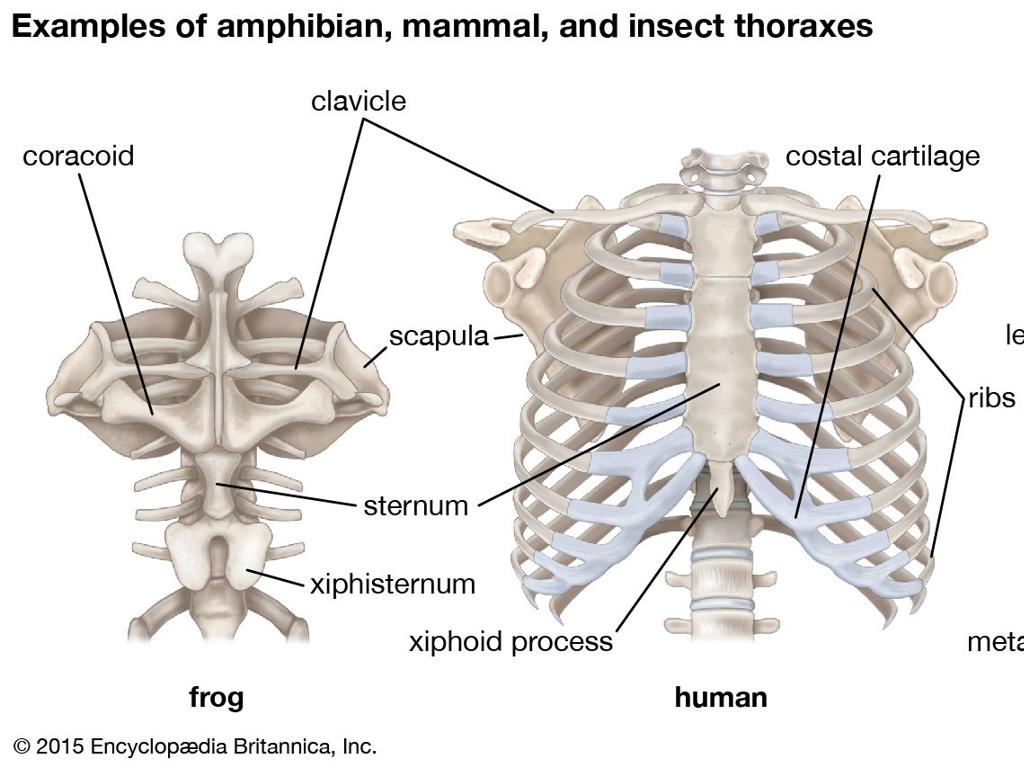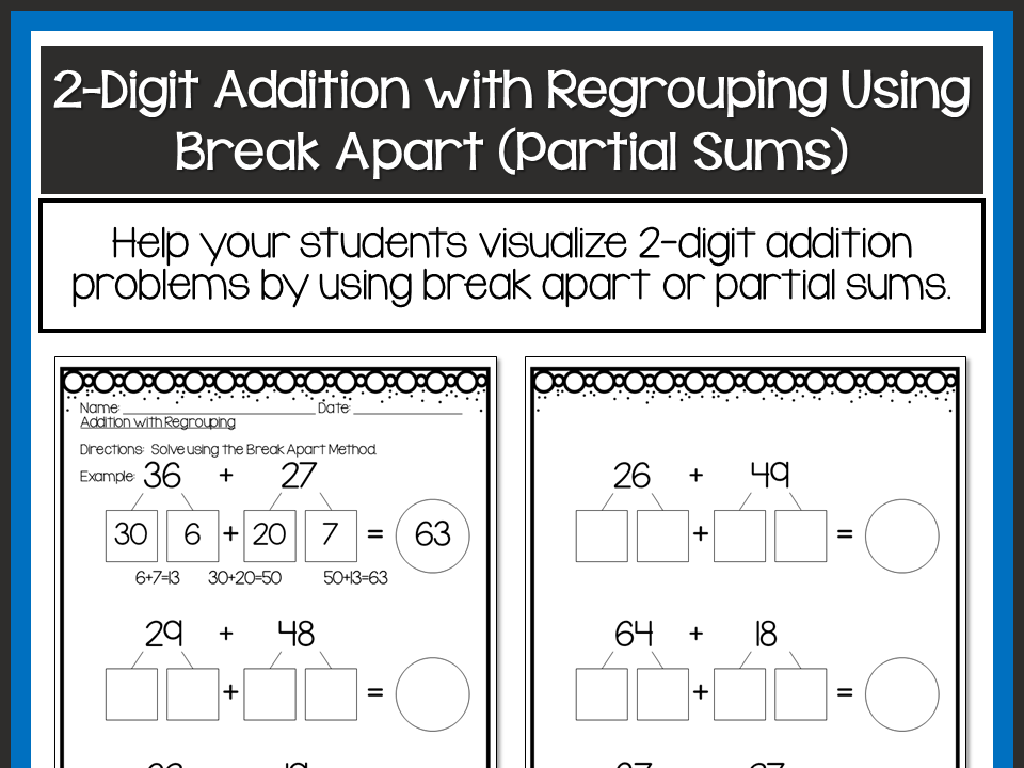Divide 2-Digit Numbers By 1-Digit Numbers: Quotients Up To 10
Subject: Math
Grade: Fourth grade
Topic: Divide By One-Digit Numbers
Please LOG IN to download the presentation. Access is available to registered users only.
View More Content
Welcome to Division: Sharing Equally
– Understanding the concept of division
– Division means sharing equally
– If you have 10 cookies and 2 friends, how do you share?
– Division as sharing cookies
– Imagine dividing 12 cookies among 4 friends equally
– Practice with real examples
|
This slide introduces the concept of division to fourth-grade students by relating it to the idea of sharing equally among friends. Start by explaining that division is a way to give out the same amount to each person or group. Use the analogy of sharing cookies to make the concept relatable and easier to understand. For example, if there are 12 cookies and 4 friends, how can we give each friend the same number of cookies? This leads to the division problem 12 ÷ 4. Encourage students to visualize the process and connect it to dividing numbers. Provide additional real-life examples and guide them through solving division problems with quotients up to 10. This will help solidify their understanding of equal sharing as the basis of division.
Division Vocabulary
– Dividend: Number being divided
– If we have 56 cookies to split, 56 is our dividend
– Divisor: Number that divides
– If we split cookies into 7 groups, 7 is our divisor
– Quotient: Division result
– After dividing, each group gets 8 cookies, so 8 is our quotient
– Practice with examples
|
This slide introduces the basic vocabulary of division to the students. The dividend is the total amount that you want to divide up. For example, if you have 56 cookies and want to share them with friends, 56 is the dividend. The divisor is the number of groups you are dividing the dividend into. If you want to make 7 groups of cookies, 7 is the divisor. The quotient is the number of items each group receives after the division. If each of the 7 groups gets 8 cookies, then 8 is the quotient. Encourage students to come up with their own examples and to practice finding the dividend, divisor, and quotient in different division problems.
Dividing 2-Digit Numbers by 1-Digit Numbers
– Example: 36 ÷ 4
– Let’s solve 36 divided by 4 together.
– Groups of 4 in 36
– How many times does 4 fit into 36?
– Use long division
– We’ll draw the long division symbol and solve step by step.
– Find the quotient
– The answer to 36 ÷ 4 is the quotient we find.
|
This slide introduces students to the concept of dividing 2-digit numbers by 1-digit numbers with quotients up to 10. Start by presenting the example 36 ÷ 4. Explain that division is about making equal groups, and ask students how many groups of 4 can be made from 36 to engage them in thinking about division as grouping. Then, demonstrate the long division process on the board, breaking it down into smaller, manageable steps. Encourage students to follow along and solve the problem in their notebooks. After completing the long division, reveal the quotient and ensure that students understand how it was derived. For homework, assign similar problems for practice to reinforce the concept.
Long Division Steps: Quotients Up to 10
– Divide: Divisor into dividend
– How many times can the divisor fit into the first two digits of the dividend?
– Multiply: Divisor by quotient
– Multiply the divisor by your first quotient to get a product.
– Subtract: Result from dividend
– Subtract this product from the dividend to find the remainder.
– Bring down: Next digit and repeat
– Drop the next digit down next to the remainder and start the process again.
|
This slide outlines the basic steps of long division for 2-digit numbers divided by 1-digit numbers, with quotients up to 10. Start by explaining how to determine how many times the divisor can fit into the first part of the dividend. Then, show how to multiply the divisor by the quotient to find a product. Next, demonstrate how to subtract this product from the dividend to find the remainder. Finally, explain how to bring down the next digit of the dividend and repeat the process until completion. Use examples like 52 divided by 4 to illustrate each step. Encourage students to practice each step with different problems and ensure they understand the process before moving on to more complex division.
Division Practice: 48 ÷ 6
– Step 1: Divide 48 by 6
– How many times does 6 fit into 48?
– Step 2: Multiply the quotient by 6
– Multiply 6 by your answer in step 1
– Step 3: Subtract from 48
– Subtract the result of step 2 from 48
– Step 4: Check the result
– Does 6 times your quotient give you 48?
|
This slide is a step-by-step guide for students to practice dividing a 2-digit number by a 1-digit number, using 48 ÷ 6 as an example. Start by dividing 48 by 6 to find the quotient. Next, multiply the quotient by 6 to see if you get back to 48. Then, subtract this product from 48 to check if the remainder is zero. Finally, confirm that the multiplication of the quotient by 6 equals the original number, 48, to ensure the division was done correctly. Encourage students to use this method for other division problems and to understand the importance of each step in the process. This reinforces the concept of inverse operations in division and multiplication.
Try It Yourself: Long Division Practice
– Your turn to solve a problem
– Divide 52 by 4 using long division
– How many times does 4 go into 52?
– Follow the division steps
– Start with 52, divide by 4, bring down numbers
– Check your answer after solving
– Did you get a quotient of 13? No remainders?
|
This slide is an interactive class activity designed to engage students in practicing the long division method. Students are tasked with dividing 52 by 4. The teacher should guide them through the steps: divide, multiply, subtract, and bring down the next digit, repeating the process until completion. It’s crucial to emphasize the importance of each step and to check the work for accuracy. Possible activities include pairing students to solve together, using manipulatives to represent the problem, or creating a division ‘race’ where students compete to solve similar problems. Encourage students to explain their reasoning and how they arrived at their answers.
Common Mistakes in Division
– Remember to bring down digits
– After dividing, bring down the next number for the new dividend
– Check multiplication and subtraction
– Double-check your work to ensure accuracy
– Align quotient with dividend
– Place your answer right above the number you divided into
– Practice to avoid errors
|
This slide aims to highlight frequent errors students make while dividing 2-digit numbers by 1-digit numbers. Emphasize the importance of bringing down the next digit after each division step to form a new dividend. Encourage students to verify their multiplication and subtraction as they work through the problem to prevent mistakes. Stress the need for proper alignment of the quotient directly above the dividend to maintain clarity and organization in their work. Provide ample practice problems and encourage students to take their time, double-check each step, and use scratch paper to track their calculations. This will help them develop accuracy and confidence in their division skills.
Class Activity: Division Bingo
– Let’s play Division Bingo!
– Solve division problems on your card
– Use 2-digit by 1-digit division
– Find the quotients for Bingo
– Quotients should be up to 10
– Aim for five in a row to win!
|
Division Bingo is a fun and interactive way to help students practice dividing 2-digit numbers by 1-digit numbers with quotients up to 10. Prepare Bingo cards with different quotients in the squares. Provide students with a list of division problems to solve. As they solve each problem, they will mark the corresponding quotient on their Bingo card. The first student to get five correct quotients in a row (horizontally, vertically, or diagonally) calls out ‘Bingo!’ and wins. Possible variations of the game could include: 1) Timed challenges, 2) Pairing up students to work as a team, 3) Offering ‘Free Space’ as a bonus, or 4) Creating themed Bingo cards. This activity encourages mental math skills and reinforces the concept of division.
Wrapping Up: Division Practice
– Congratulations on learning division!
– Homework: 10 division problems worksheet
– Solve the problems using today’s lesson
– Practice is key to mastery
– The more you practice, the better you’ll get
– Keep practicing division at home!
|
Today’s lesson focused on dividing 2-digit numbers by 1-digit numbers, aiming for quotients up to 10. The students have done a great job in understanding the concept. For homework, they are assigned a worksheet with 10 division problems to reinforce their learning. It’s important for students to practice regularly to solidify their understanding and improve their division skills. Encourage them to try solving additional problems at home if they finish early. During the next class, review the homework to address any difficulties they may have encountered.






